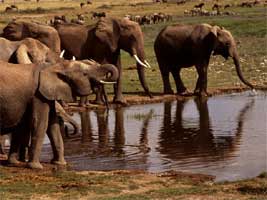
Land mammal

Marine mammal

Bird
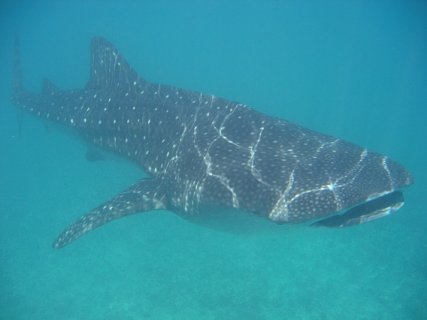
Fish

Reptile

Insect
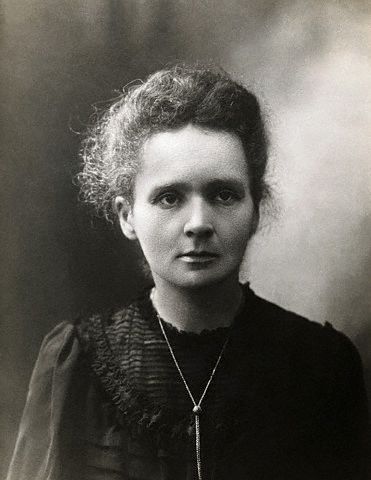
Marie Sklodowska Curie
Nobel Prize in Physics, 1903 and Chemistry, 1911
Marie Curie is considered the most famous of all women scientists. She was the only woman ever to win two Nobel Prizes. Prohibited from higher education in her native Poland (then controlled by Russia), she moved to Paris in 1891 and studied at the Sorbonne. In 1903 her discovery of radioactivity earned her the Nobel Prize in physics. In 1911, she won it for chemistry.

Irene Curie
Nobel Prize in Chemistry, 1935
Irene Curie was the daughter of Marie Curie. She furthered her mother's work in radioactivity and won the Nobel Prize for discovering that radioactivity could be artificially produced.

Gerty Radnitz Cori
Nobel Prize in Physiology or Medicine, 1947
Gerty Cori studied enzymes and hormones, and her work brought researchers closer to understanding diabetes. She won the Nobel Prize for discovering the enzymes that convert glycogen into sugar and back again to glycogen.
Photo source: D.H.H.S.

Barbara McClintock
Nobel Prize in Physiology or Medicine, 1983
Barbara McClintock studied the chromosomes in corn (maize) and her work uncovered antibiotic-resistant bacteria and a possible cure for African sleeping sickness.

Maria Goeppert Mayer
Nobel Prize in Physics, 1963
Maria Goeppert Mayer researched the structure of atomic nuclei. During World War II she worked on isotope separation for the atomic bomb project.

Rita Levi-Montalicini
Nobel Prize in Physiology or Medicine, 1986
An Italian neuroembryologist, Rita is known for her co-discovery in 1954 of nerve growth factor, a previously unknown protein that stimulates the growth of nerve cells and plays a role in degenerative diseases like Alzheimer's disease.
Photo source: National Library of Medicine

Dorothy Crowfoot Hodgkin
Nobel Prize in Chemistry, 1964
Dorothy discovered the structures of penicillin and vitamin B(12). She won the Nobel Prize for determining the structure of biochemical compounds essential to combating pernicious anemia.
Photo source: Library of Congress

Rosalyn Sussman Yalow
Nobel Prize in Physiology or Medicine, 1977
Rosayln Yalow won the Nobel Prize for developing radioimmunoassay, a test of body tissues that uses radioactive isotopes to measure the concentrations of hormones, viruses, vitamins, enzymes, and drugs.
Photo source: Library of Congress

Christiane Nüsslein-Volhard
Nobel Prize in Physiology or Medicine, 1995
Christiane Nüsslein-Volhard won the Nobel Prize using the fruit fly to help explain birth defects in humans.
Photo source: Rama

Linda Buck
Nobel Prize in Physiology or Medicine, 2004
Buck and fellow American Richard Axel discovered how the olfactory system---the sense of smell---works and how people are able to recognize and remember more than 10,000 odors.
Photo source: Roland Morgan

Françoise Barré-Sinoussi
Nobel Prize in Physiology or Medicine, 2008
French virologists Françoise Barré-Sinoussi and Luc Montagnier discovered the human immunodeficiency virus (HIV), the virus that causes AIDS.
Photo source: U. Montan

Carol W. Greider
Nobel Prize in Physiology or Medicine, 2009
In their research on telomeres (the ends of chromosomes), molecular biologists Carol Greider and Elizabeth Blackburn co-discovered the enzyme telomerase and how chromosomes are protected from progressive shortening by telomeres and telomerase.
Photo source: U. Montan

Elizabeth H. Blackburn
Nobel Prize in Physiology or Medicine, 2009
In their research on telomeres (the ends of chromosomes), molecular biologists Elizabeth Blackburn and Carol Greider co-discovered the enzyme telomerase and how chromosomes are protected from progressive shortening by telomeres and telomerase.
Photo source: U. Montan
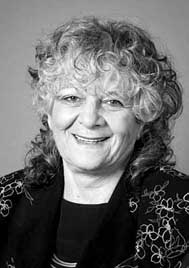
Ada E. Yonath
Nobel Prize in Chemistry (2009)
Israeli crystallographer Ada E. Yonath, along with Venkatraman Ramakrishnan and Thomas A. Steitz, studied the structure and function of the ribosome–the organelle that makes protein from amino acids. Ada E. Yonath is the first Israeli woman to win the Nobel Prize.
Photo source: U. Montan
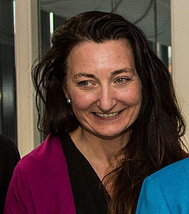
May-Britt Moser
Nobel Prize in Physiology or Medicine (2014)
Norwegian neuroscientist May-Britt Moser, along with John O'Keefe and Edvard I. Moser, won the Nobel Prize for their discoveries of cells that constitute a positioning system in the brain.
Photo source: Henrik Fjørtoft/NTNU Communication Division






